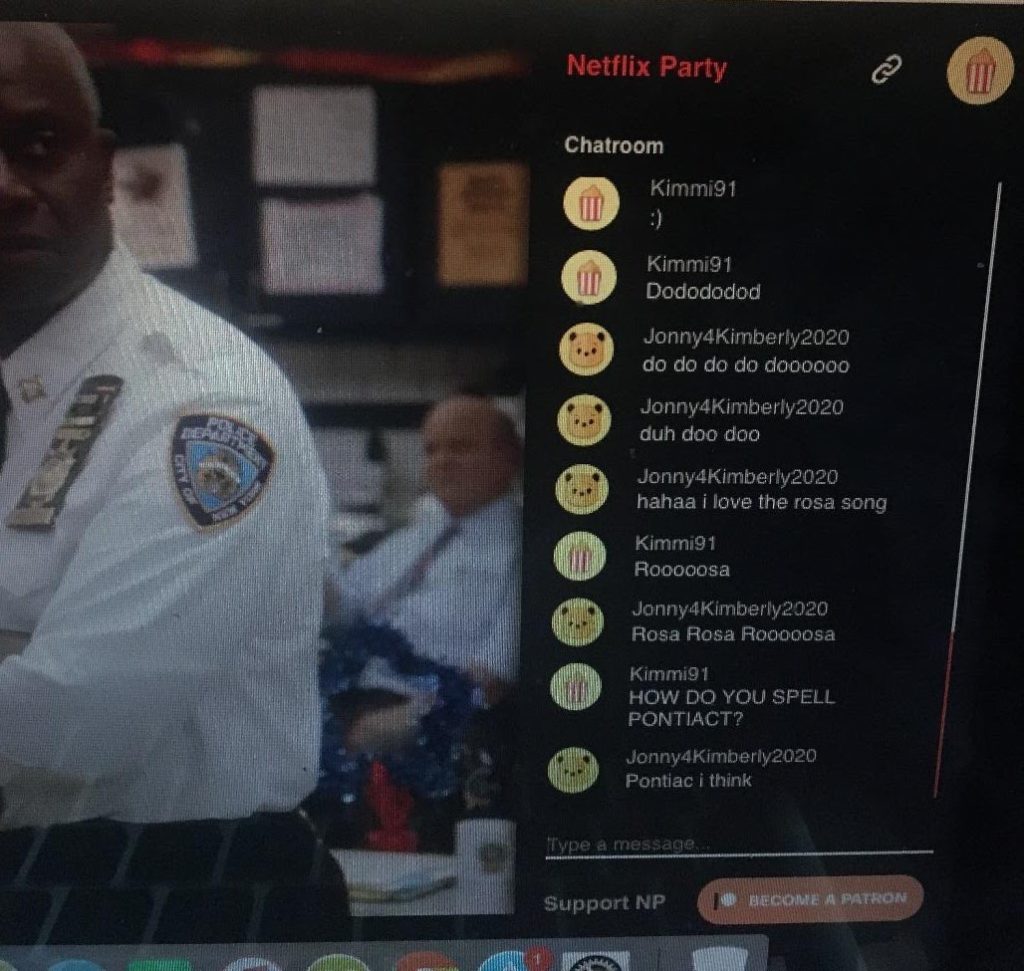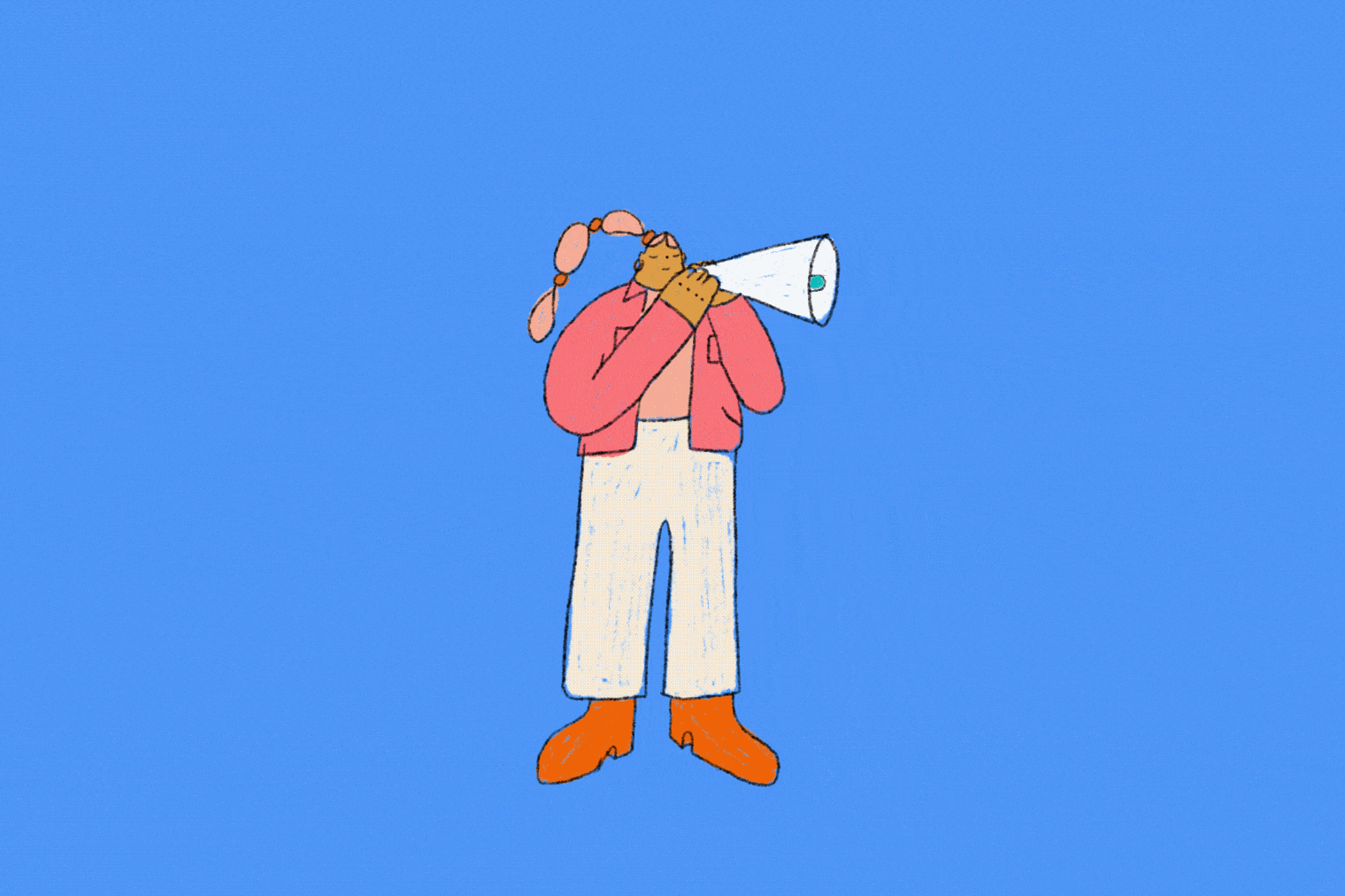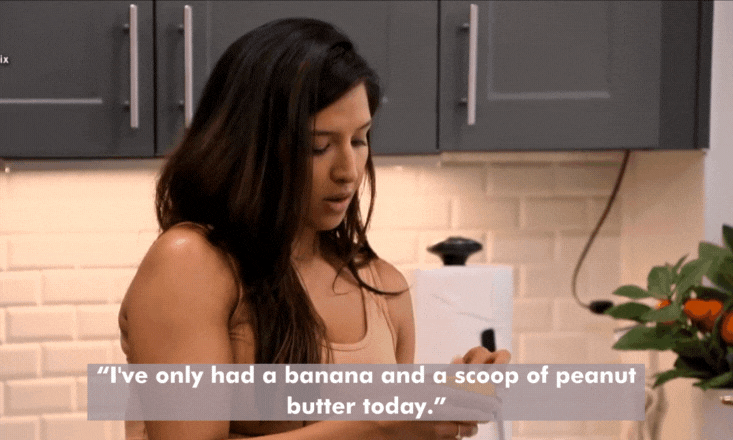
Woke Men Only: a realistic guide to maintaining friendships in lockdown
From your besties to your new boo, keeping the spark alive is hard in these times. Here are Kim McIntosh's tips on coping.
Kimberly McIntosh
12 Apr 2020
Illustration by Laura Wright
In the pre-corona era, it was fashionable to brag about cancelling plans and performing introversion. I get it – I relish time alone – but I also love socialising. I am recharged by the electricity of my relationships with other people.
Now, everything is cancelled.
“I’m free basically all of the time!” I say at least twice a day on Google Hangouts/Houseparty/FaceTime/WhatsApp, with a squeaky intonation at the end. Social butterflies like me, when forced into a jar with a tight lid, flap about and struggle to breathe.
Lockdown has also put me in a de-facto long-distance relationship. It’s looking increasingly likely that, by the time lockdown lifts, I will have been in the virtual version of my romance longer than the IRL beta version.
I didn’t want to become inadvertently responsible for making his parents critically ill before even meeting them. So, we stayed in separate cities. I could still meet my friends, though at a distance, I’d figured. Then we entered the full lockdown.
Last week, I may or may not have had Covid-19 (with tests still not available to most of the general public, who knows). It forced me into absolute isolation for eight days, unable to share physical space, and without the energy to engage in conversation, I became acutely aware of how much I value people and places.
Now I’m back in the game again, I talk to my friends and boyfriend more than ever before – just digitally. I’m averaging at seven hours of screen time a day.
Here’s how I’ve been keeping my relationships active during the lockdown:
Regular check-ins with friends
Having regular or frequent interactions doesn’t necessarily mean that people aren’t experiencing loneliness or struggling with their mental health. It’s the quality and depth of your interactions with others, not the frequency that makes the most difference.
One of my friends shared this post with questions to help delve deeper into how your friends might be feeling, especially if they were struggling before the Covid-19 outbreak.
data-instgrm-captioned data-instgrm-permalink=”https://www.instagram.com/p/B-AGsyzAfe9/?utm_source=ig_embed&utm_campaign=loading” data-instgrm-version=”12″ style=” background:#FFF; border:0; border-radius:3px; box-shadow:0 0 1px 0 rgba(0,0,0,0.5),0 1px 10px 0 rgba(0,0,0,0.15); margin: 1px; max-width:540px; min-width:326px; padding:0; width:99.375%; width:-webkit-calc(100% – 2px); width:calc(100% – 2px);”>
There’s a friend I message and don’t expect a response from – it’s just to let them know I’m around when they have the energy. Calling people one-on-one, not just in large Houseparty groups, might make it easier for them to open up if they need to.
Large video calls are great for a Friday night, but they’re often quite surface-level and a bit stilted.
Cutting back on group chats
Constant background chat, the comforting white noise of an active WhatsApp group, isn’t making me feel massively connected to others anymore. I loved the memes in the early days, but three weeks into social distancing, it feels like another life admin task beckoning me back to a screen.
I’ve started putting my phone on airplane mode once a day so I can check out of the relentless red notifications screaming MESSAGE at me.
Building routine to reduce anxiety
Incorporating smaller chats with fewer people into my day has helped me feel calmer and anchored by the routine. When the corona coverage initially infected the 24-hour news cycle and my timeline, my sleep was punctured repeatedly by nightmares. Now, my heartbeat still speeds up whenever the virus is mentioned – I manifest breathing problems and feel a heaviness on my chest (it’s even happening right now).
I do yoga via Zoom video on the same days each week with a friend – which is helping my mind and my back (fucked from sitting on a wooden dining chair to work). It at least somewhat mimics an activity we used to enjoy together before. I’m trying to support freelancers where I can – but if you can’t right now, YouTube has free fitness videos. Quite a few studios are doing free Instagram live classes too.
Netflix parties are always low-pressure fun
I also have one random call with my boyfriend at an unspecified time (because we’re all free all the time), and a definitive evening chat. Revolving conversation topics: new isolation hobbies), the events of our state-approved daily walk and which columnists have the worst corona political hot takes.
Celebrating birthdays
I have no idea what got boomers hot and heavy in the Junes of decades past, but I’ve had a cluster of birthdays to celebrate since being in isolation.

Wishing people a happy birthday with a short video clip, or turning a montage of clips into a longer-length feature, is a decent stand-in for the real thing.
It’s nice to have a celebration to look forward to with the people you can’t see. My friend Annabel scheduled a birthday pub quiz using questions that were pre-recorded by her local pub. We were all terrible. I would recommend working together as one team to get as many answers as possible collectively. It mimics how pub quizzes normally work and will save you from tragic embarrassment. Some pubs are doing live stream quizzes and Clara Amfo has been hosting Instagram live quizzes. I can also vouch for the Spectacular Quarantine Disney quiz, which is well organised and raises money for selected charities.
***
Before the rona I was averse to continuous digital contact. I’d turn notifications off and turn my phone upside down for hours so I couldn’t see the screen. But now, averaging at seven hours of screen time a day, I’m learning that digital communication can be a lifeline during these times – if done right.










